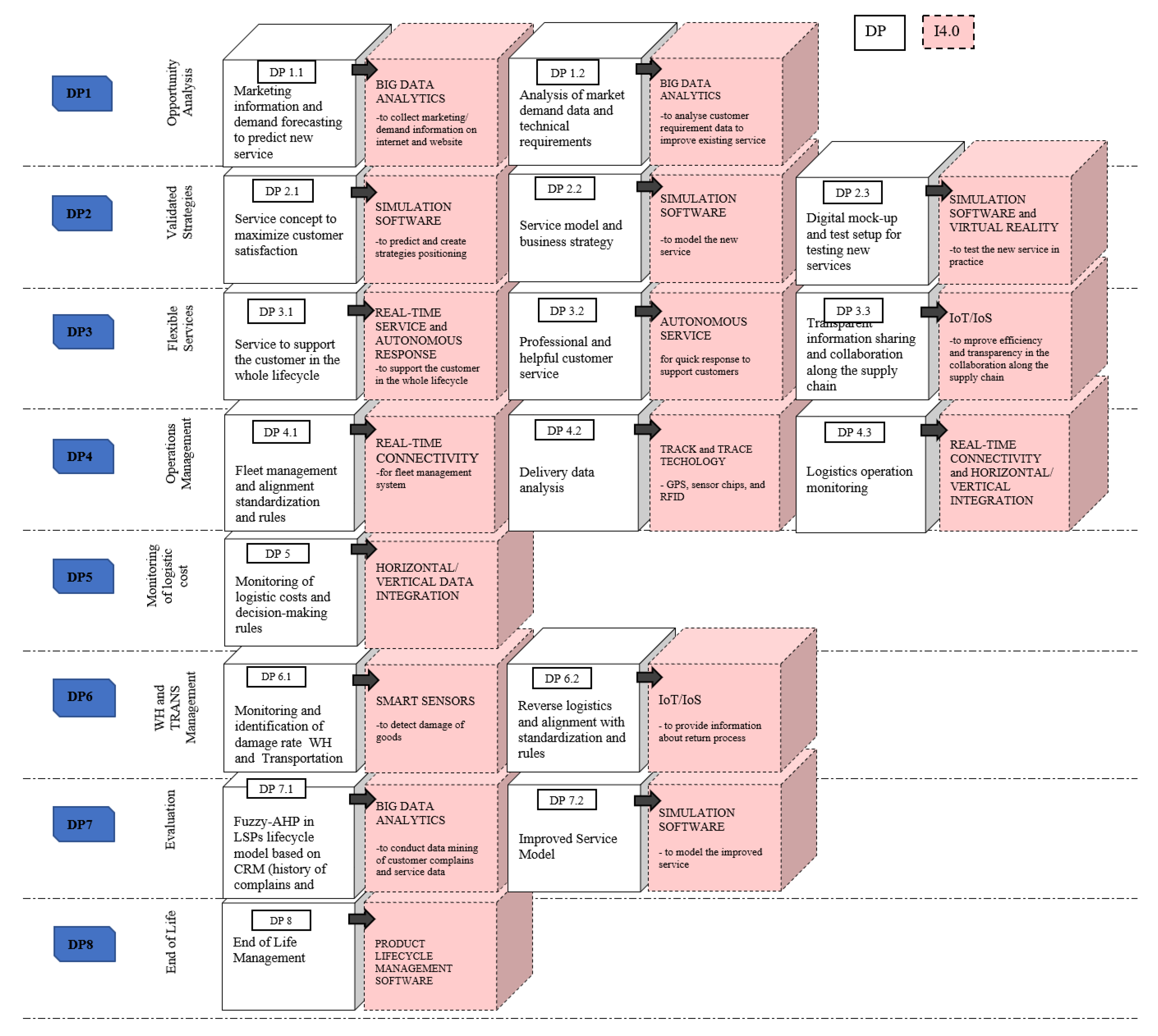
Many are the design lessons that may be gleaned from studying nature. It is obvious that nature came upon the wheel much before human arrival (i.e., at least as far back as 2.7 billion years). For example, the ancient bacterial flagellum is powered by the Mot Complex which is part of a perfectly circular nanoscale rotary engine. And the ingenuity embedded within natures designs has been an integral part of this inspiring story. Against such immense odds, life has learned to thrive despite repeat assaults. This includes at least five mass-extinction events that wiped out over 70% of all species in each such biotic crisis. All along, the flame of life has been successfully passed on from generation to generation, and species to species across an immense temporal span. Life has existed on earth for at least 3.95 billion years. Ultimately, we conclude that punctuated equilibrium did not represent a major revolution in evolutionary biology – although debate on this point stimulated significant research and furthered the field – and that Neo-Darwinism is alive and well. We emphasize the importance of microevolutionary processes in the study of macroevolutionary patterns. (1982) in its historical context and provide modern support for their arguments.

In this Perspective for the 75th Anniversary of the Society for the Study of Evolution, we review Charlesworth et al. In 1982, Charlesworth, Lande, and Slatkin published a response to this critique in Evolution, in which they argued that Neo-Darwinism was indeed sufficient to explain macroevolutionary patterns. Among the most famous of the critics was Stephen Jay Gould, who, in 1980, proclaimed that the Modern Synthesis was “effectively dead.” Gould and others claimed that the action of natural selection on random mutations was insufficient on its own to explain patterns of macroevolutionary diversity and divergence, and that new processes were required to explain findings from the fossil record. However, since its inception, it has been a lightning rod for criticism, which has ranged from minor quibbles to complete dismissal. The Modern Synthesis (or “Neo-Darwinism”), which arose out of the reconciliation of Darwin's theory of natural selection and Mendel's research on genetics, remains the foundation of evolutionary theory.

This review of these efforts points to the emergence of both engineering and basic science disciplines following parallel paths. Our review of these newly forming fields of research demonstrates that the expertise and skills contained within electrical and computer engineering disciplines apply not only to design within biological systems, but also to the development of a deeper understanding of biological functionality. We conclude by presenting examples of naturally occurring genetic and biochemical systems that recently have been conceptualized in terms familiar to systems engineers. This is followed with a review of the analysis, modeling, and simulation of natural and synthetic genetic circuits, which often proceed in a manner similar to that used for electronic systems. In particular, we describe and review the "silicon mimetic" approach, where genetic circuits are engineered to mimic the functionality of semiconductor devices such as logic gates, latched circuits, and oscillators. We begin by showing that the fundamental elements of information processing in electronic and genetic systems are strikingly similar, and follow this theme through a review of efforts to create synthetic genetic circuits.

We review the rapidly evolving efforts to analyze, model, simulate, and engineer genetic and biochemical information processing systems within living cells.


 0 kommentar(er)
0 kommentar(er)
